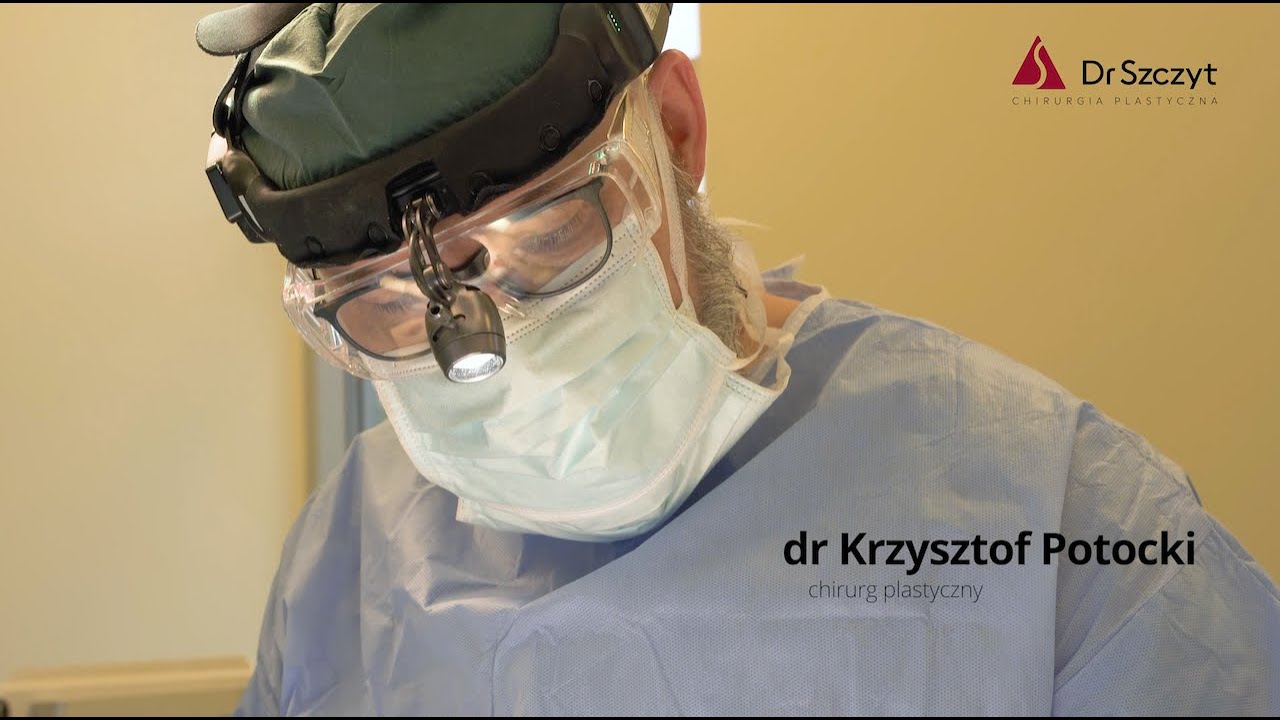
What does breast implant replacement involve?
Breast implant replacement is a surgical procedure to replace existing breast implants with new ones. It is performed on women who have previously undergone breast augmentation and now want to adjust the implants to meet changing preferences or needs. The new implants are carefully selected, taking into account the patient's body structure and expectations. They can vary in size, shape, material and convexity profile.
Indications for performing the procedure
Breast implant replacement may be recommended for several reasons. First, it may be necessary in the case of previously ill-fitting implants that do not meet the patient's expectations. In addition, sometimes the skin around the implants can stretch, requiring correction. The formation of a fibrous capsule or implant rupture are also situations that necessitate immediate implant replacement.
Contraindications
Contraindications to implant replacement may include:
- Bacterial or viral infection;
- Chronic diseases such as diabetes;
- cardiovascular disorders;
- unregulated blood pressure;
- blood clotting problems;
- pregnancy and others.
Course of treatment
The procedure begins with a patient's consultation with an experienced plastic surgeon, during which the scope of action is determined and the details of the operation are planned. The implant replacement procedure is performed under general anesthesia, which ensures the patient's comfort and lack of pain.
The surgeon begins by carefully marking the areas where the incisions will be made. He then carefully separates the skin, making this step dependent on the extent of the operation. The next step is the removal of the current implants and possible correction of the implant locus. If necessary, the surgeon also removes the fibrous capsule that may have formed around the previous implants or was the result of previous complications.
After carefully preparing the site, the surgeon precisely places the new implants. To ensure proper lymphatic drainage and control any fluid accumulation, they also place a drain. The procedure is usually performed simultaneously for both breasts and takes 1-3 hours, depending on the extent of the surgery.
Pre-treatment recommendations
A number of laboratory tests should be performed, and the specialist's recommendations, detailed during the consultation, should be followed. At least 6 months should pass since the breast augmentation procedure. This is the minimum requirement, while if possible, it is recommended to wait 1-1.5 years. Prior to the scheduled date of the procedure, smoking should be stopped and alcohol consumption should be limited, and certain medications should be discontinued.
Recommendations after the procedure
Completing the procedure involves placing a compression bandage around the chest. It should be handled according to the specialist's instructions, even if it causes a feeling of gentle pressure. It is also important to wear a post-operative bra, which is designed to keep the breasts in the correct position. If there are complaints of pain, painkillers can be taken in appropriate doses. In the period of about two weeks after surgery, the patient should not exercise, avoid heavy lifting, sudden movements and use of saunas and tanning beds. Ensuring a safe and effective healing process and achieving the expected results requires constant medical care, so make sure to attend scheduled follow-up appointments.
Effects of the treatment
The procedure makes it possible to solve a given implant problem and significantly improve the appearance of the breasts. The effects of the surgery can be seen immediately, while it is necessary to wait a few weeks for the final results, so that the body can recover and the implants reach their final position. During implant replacement, the implants can be reshaped, lifted and firmed, which translates into both aesthetic and psychological benefits for the patient.
Important information
Duration of treatment
ca. 120 minutes
Required tests
Blood group, blood count, coagulation indices (APTT and INR), creatinine, glucose levels, electrolytes (Na, K), general urinalysis, hepatitis B vaccination, ECG, breast ultrasound
Anesthesia
general
Stay at the clinic
1 day
Recovery
ca. 14 days
Changing dressings
daily at home (the final course is determined by the operator)
Contraindications
vascular disorders, coagulation disorders, uncontrolled hypertension, uncontrolled diabetes, purulent infection of the skin and mucous membranes, pregnancy
Pre-treatment recommendations
Price list
Type of treatment
Price from
Price to
Breast implant replacement
30 000 PLN
-
























